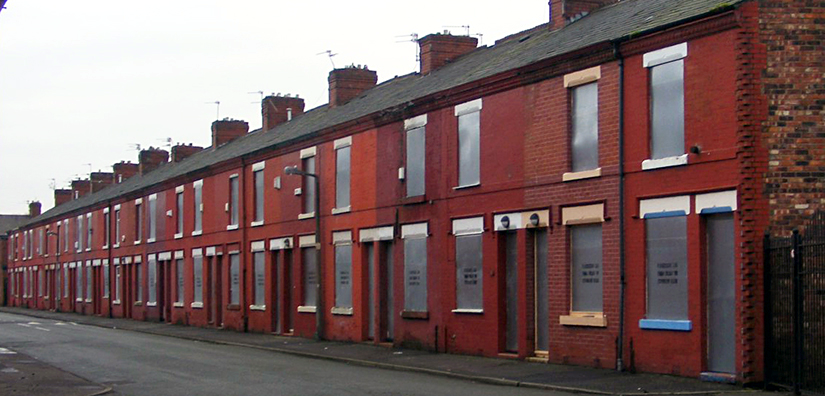Overview
- In February 2013, the City Council’s Cabinet considered a report regarding the regeneration of a number of neighbourhoods across the city. These were key housing renewal areas, all of which included houses that had been acquired by the Council under the Housing Market Renewal Initiative Pathfinder
- Cabinet approved a recommendation to grant delegated authority to the Director of Regeneration and Employment to approve the disposal of the Council’s void properties in these areas at less than best consideration provided that the undervalue did not exceed £2 million
- Assets are parcelled up to reflect the renewal plan for a particular area or a specific scheme and valuations are undertaken by the local authority’s Property and Asset Management team. The valuations assess the unimproved market value, which takes in to account factors such as the property condition and comparisons with completed sales within the area
- Cabinet approval is required for assets to be disposed of for less than best consideration. The report to Cabinet specifies the parameters of a particular scheme; the specific programme and where possible a list of the properties to be included
Liverpool’s Approach To Properties In Granby, Liverpool 8
- The properties in question had been subject to a marketing exercise and a preferred developer had been selected. However, the developer had not entered into a contract and the contract offer was therefore withdrawn. The recommendations set out in the subsequent Cabinet report represented a change in direction with solutions being developed that were more community-led and locally based
- It was a practical approach to ensuring the viability of the renewal schemes, given the very high refurbishment costs. For example, the original appraisal of the Granby CLT scheme which involved the transfer of ten terraced houses indicated costs/values as follows:
Estimated value on completion | £720,000 |
Construction costs | £748,000 |
Fees and on costs | £177,000 |
Deficit | £204,000 |
- Clearly if the council had insisted on a receipt for the value of the properties, the scheme would have been unviable
- Appraisals for the other schemes in Granby had produced similar figures. There had been provisions in the agreements to have open book accounting to monitor the actual costs and overage provisions, in the event of actual costs being lower than anticipated or property values significantly exceeding the original estimates
- Although the Council took a ‘hit’ in terms of foregoing income that could be gained by selling the properties on the open market, there are some revenue benefits. The agreements provide a degree of certainty that the refurbishments will proceed and that the properties will be brought back into use thus generating:
- Council tax income
- New Homes Bonus payments
- Savings on security and maintenance &
- Savings on ad hoc expenditure such as dealing with fly tipping
- Whereas with an open market sale properties could continue to stand empty and continue to generate additional costs for the local authority.
Implementation Logistics
- The decision to dispose of properties at less than best consideration has facilitated the regeneration of these areas. In the case of Granby, assets have been transferred to a number of partners at nil value
- There are conditions attached to the transfers which are negotiated separately with the organisations involved. All agreements are designed to make sure that the development proceeds after disposal, but take into account the nature of the scheme and the status of the organisation
- The main City Council conditions for property transfers to Granby CLT were:
- Agreed timescales for the commencement and completion of the refurbishments
- Requirements to provide homes for affordable rent/home ownership
- CLT to take on full responsibility for the maintenance and security of the properties
- CLT to obtain necessary planning/building consents
- Properties to meet the Decent Homes Standard
- In the case of the CLT the freehold was transferred to them because that was a condition of the funding that they had secured. Normally a transfer is undertaken on a long lease (often 125 or 250 years) with an agreement stipulating the conditions to be complied with in order to ‘activate’ the lease. There may also be an option for “the developer” to negotiate a freehold transfer/purchase on completion of the development
Published in March 2018




